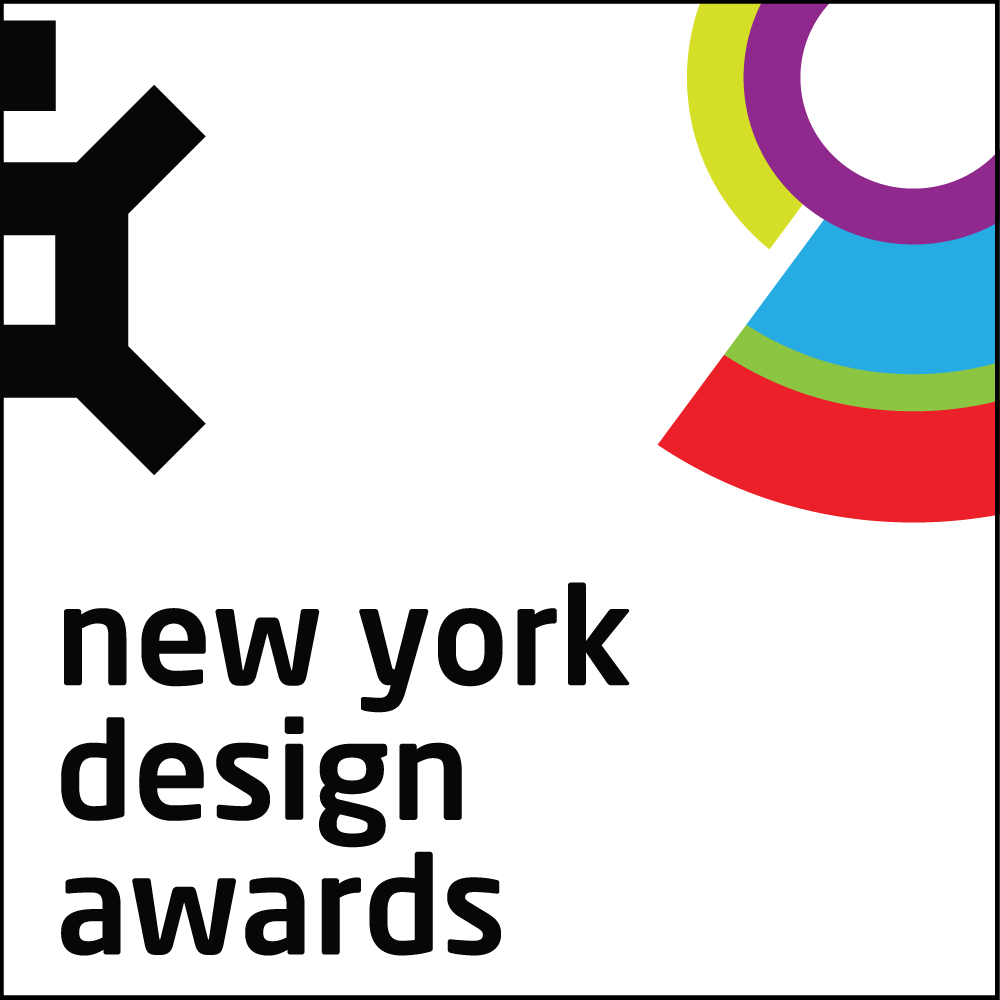


Project Overview
The Brooklyn Queens Expressway (BQE) was originally proposed by the Regional Plan Association in the mid-1930s to mitigate traffic congestion, facilitate industrial development and strengthen the connection between the boroughs of New York City. However, its construction left a trail of divided neighborhoods in its wake.
dlandstudio developed BQGREEN to reconnect neighborhoods divided by construction of the BQE. The design caps two blocks of the trench in Southside Williamsburg Brooklyn to provide playing fields and verdant, flexible open space for the neighborhood, while simultaneously reducing many of the negative environmental, economic and social impacts of the highway artery. With this proposal, the BQE is reconceived as an environmentally and ecologically productive spine that introduces new recreation spaces, ecological strategies, and infrastructural improvements that enhance the urban performance of the trench while transforming it into a true public amenity.
Project Commissioner
Project Creator
dlandstudio architecture and landscape architecture pllc
Team
Design: dlandstudio Architecture and Landscape Architecture pllc (Landscape Architecture and Urban Design); Weidlinger Associates (Geotechnical Engineering, Structural Engineering, and Civil Engineering); Sam Schwartz Engineering (Traffic Engineering); Cerami & Associates (Acoustical Engineering); James Lima Planning + Development (Economic Analysis)
Elected Officials: Office of Brooklyn Borough President Ken Adams; Office of Congresswoman Nydia Velasquez; Office of Senator Kirsten Gillibrand; Councilman Antonio Reynoso; Assemblywoman Maritza Davila
Community Partners: St. Nicks Alliance; El Puente; Los Sures; Churches United for Fair Housing
Project Brief
The BQE was built in segments from 1939-1960. This project, BQ Green, focuses on a below-grade trenched section of the highway in Southside Williamsburg Brooklyn, constructed in 1950, that divides a community. Bridges that span the trench are over 60 years old and were only designed for a 50-year life span. The clearance under these bridges does not meet current Federal Highway Administration standards, which means that trucks greater than 14-feet tall use surface road short-cuts through quiet streets to reach the Williamsburg Bridge. These streets serve as significant routes for cyclists and pedestrians, including children and families walking to neighborhood schools.
BQ Green replaces obsolete bridges with new structures that meet current standards, expands the decked area to make new park space for the neighborhood, increases safe routes to schools and storm water management with complete streets, and enhances bike safety.
Project Innovation/Need
Highways and other linear transportation infrastructure often occupy very desirable and expensive real estate that can be strategically adapted to increase its value to the community, the city, and the overall ecology of the region. By combining much-needed infrastructural upgrades with a public park, this project not only increases multi-modal safety, but also reduces pollution, enhances public health and improves community life.
Design Challenge
The primary challenge for this project was to prove that BQ Green offered a viable alternative approach to traditional infrastructural upgrades, which are not typically coupled with public amenities. Dlandstudio and its consultants engaged community members, stakeholders, and municipal agencies to develop an initial conceptual design study that creates a much needed open space that truly serves the community, the environment, and the city as a whole.
Sustainability
Environmental and economic sustainability are both key to the project. BQ Green features strategies to improve air quality, reduce noise pollution, and decrease stormwater runoff. These approaches include the introduction of over two hundred trees and increasing permeable area by over 500%, preventing millions of gallons of rainwater from entering New York City's combined storm/wastewater system.
Not only would the BQ Green project increase park space and address some of the health and environmental issues, but it could also be economically beneficial for the Southside of Williamsburg and New York City. The introduction of new park space and its mitigation of the physical effects of the highway would generate both quantitative and qualitative benefits for the neighborhood and city with direct, indirect, and induced economic effects on the Williamsburg neighborhood totaling approximately $245 million. Construction activities would create 200 annual construction jobs over the four-year construction period and generate an additional 135 jobs in New York City through the multiplier economic activity spurred by construction spending.
Urban Design
This award celebrates creativity and innovation in the process of designing and shaping cities, towns and villages, and is about making connections between people and places, movement and urban form, nature and the built fabric. Consideration given to giving form, shape and character to groups of buildings, streets and public spaces, transport systems, services and amenities, whole neighbourhoods and districts, and entire cities, to make urban areas functional, attractive and sustainable.
More Details


